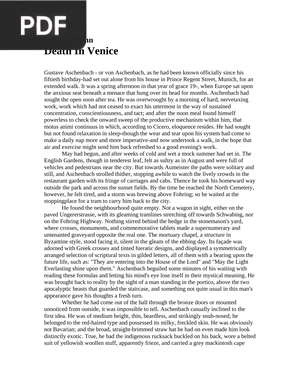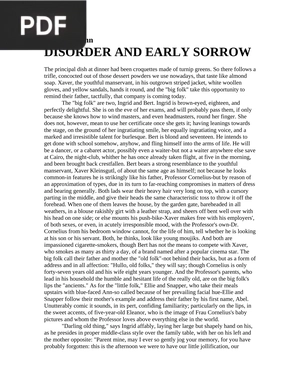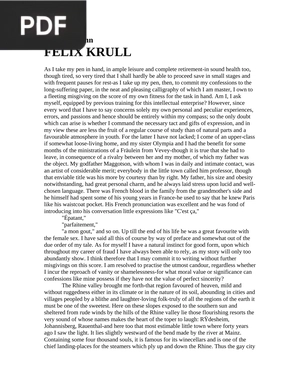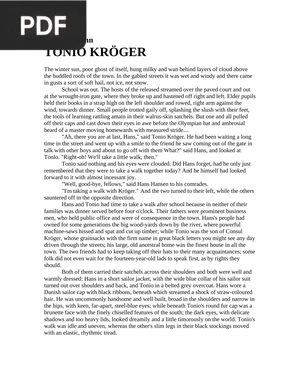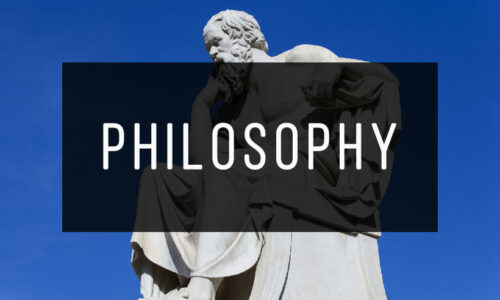The Blood of the Walsungs
Author: Thomas Mann
*Wait a few seconds for the document to load, the time may vary depending on your internet connection. If you prefer, you can download the file by clicking on the link below.
Information
Description: <p>It is a novel originally written in 1905 and, although it was to be published in the January 1906 issue of Die Neue Rundschau, due to the controversy surrounding its protagonists and their resemblance to Mann's wife Katja and her brother Klaus, the story was suppressed for fifteen years until it finally appeared in book form in 1921.</p> <p><strong>The Blood of the Walsung</strong> is one of Thomas Mann's most iconic and controversial works for its depiction of anti-Semitism and incest. It introduces us to the Aarenholds, a family belonging to bourgeois society, and specifically to its youngest members, the twins Siegmund and Sieglinde, who love each other deeply to the point of having an incestuous relationship.</p> <p>We also have Beckerath, a somewhat bored civil servant from a good family, who soon becomes Sieglinde's husband.</p>
Pages: 17
Megabytes: 0.07 MB
This may interest you
Death in Venice
Extension: PDF | 42 pages
<p><strong>Death in Venice</strong>is a short novel published on May 23, 1912.</p> <p>The novel tells an apparently very simple anecdote. It presents only two well-characterized characters who develop a minimal action. The settings of this action are reduced, almost, to the spaces of an exclusive Venetian summer hotel and the beach adjacent to the hotel, places that alternate in the routine languor of a vacation stay.</p> <p>The interest of the play lies, however, in the inner drama of one of the characters, Gustav von Aschenbach, a prominent middle-aged German writer who has come to Venice seeking to renew his lost inspiration.</p> <p>Once installed in the hotel, Aschenbach becomes interested in a Polish teenager named Tadzio, gifted with extraordinary beauty, who ends up becoming an object of silent adoration for the writer.</p>
Buddenbrooks
Extension: PDF | 497 pages
<p><strong>Buddenbrooks</strong> is the German writer's first novel, published in 1901.</p> <p>The novel was a resounding success, and by 1929 had sold more than 185,000 copies in German-language editions alone. The Nobel Prize was awarded to Mann that year, in the words of the jury "mainly for his great novel, Buddenbrooks' '.</p> <p>Buddenbrooks chronicles the vicissitudes of a prosperous Lübeck merchant family between 1835 and 1877, spanning four generations of the family.</p> <p>Mann's project to write a family saga dates back at least to the summer of 1897, when he discussed it in a letter to his friend Otto Grautoff, dated August 20. The author found inspiration for the novel in Richard Wagner's operatic tetralogy The Ring of the Nibelung.</p>
Disorder and Early Sorrow
Extension: PDF | 20 pages
<p><strong>Disorder and Early Sorrow</strong> is a 1925 novella that tells the story of the Cornelius family through the perspective of one of its members: Abel, a 47-year-old university professor whose status in society was once highly respected, but has declined markedly.</p> <p>The play explores the psychosocial impact of the Weimar hyperinflation, and one of its central themes is the interaction between the different generations in that time of great social and economic change. The Cornelius family is said to be a reflection of Mann's own family.</p> <p>In the novella, the characters are classified into groups: Abel and his wife are "the old folk"; his two older children, teenagers Ingrid and Bert, "the big folk"; his younger children, Ellie and Snapper, "the little folk"; and Abel's parents, "the ancients".</p>
Felix Krull
Extension: PDF | 26 pages
<p>It is an unfinished novel from 1954, although Mann had it planned since 1905. It is narrated by its protagonist,<strong>Felix Krull</strong>,a swindler and adventurer who has a masterful ability to play any role he wishes, which enables him to win the favors of others.</p> <p>Krull avoids military service by inducing symptoms of illness in himself and heads to France, where he takes a job at a prestigious hotel, where he manages to act as both servant and guest. Moreover, thanks to his charm, good looks and intelligence, he wins the heart -and some of the money- of a rich writer.</p> <p>When he meets the Marquis de Venosta, he agrees to help him in his love affairs, and later accepts, for a considerable price, to impersonate him on a trip around the world. This novel is a good example of the immorality of the artist (in this case Krull's criminality is his art), as well as a strong criticism of the modern bourgeoisie.</p>
Tonio Kroger
Extension: PDF | 35 pages
<p>It is a novel written in early 1901 and first published in 1903. The work traces the key events in the life of <strong>Tonio Kroger</strong>, from his school days to his adulthood, when he becomes a famous writer. He is the son of a northern German merchant and an artistically gifted southern mother.</p> <p>As a child, he experiences contradictory feelings towards the bourgeoisie, feeling both superior in knowledge but at the same time envious of them, a conflict that lasts until his adulthood. In addition, our protagonist struggles for balance between art and life.</p> <p>This novel, largely autobiographical, addresses the issue of the separation between the world of art and the world of everyday life, as well as the artist's position between the two: “the person who lives does not work and… an artist must virtually die in order to be fully creative”.</p>


